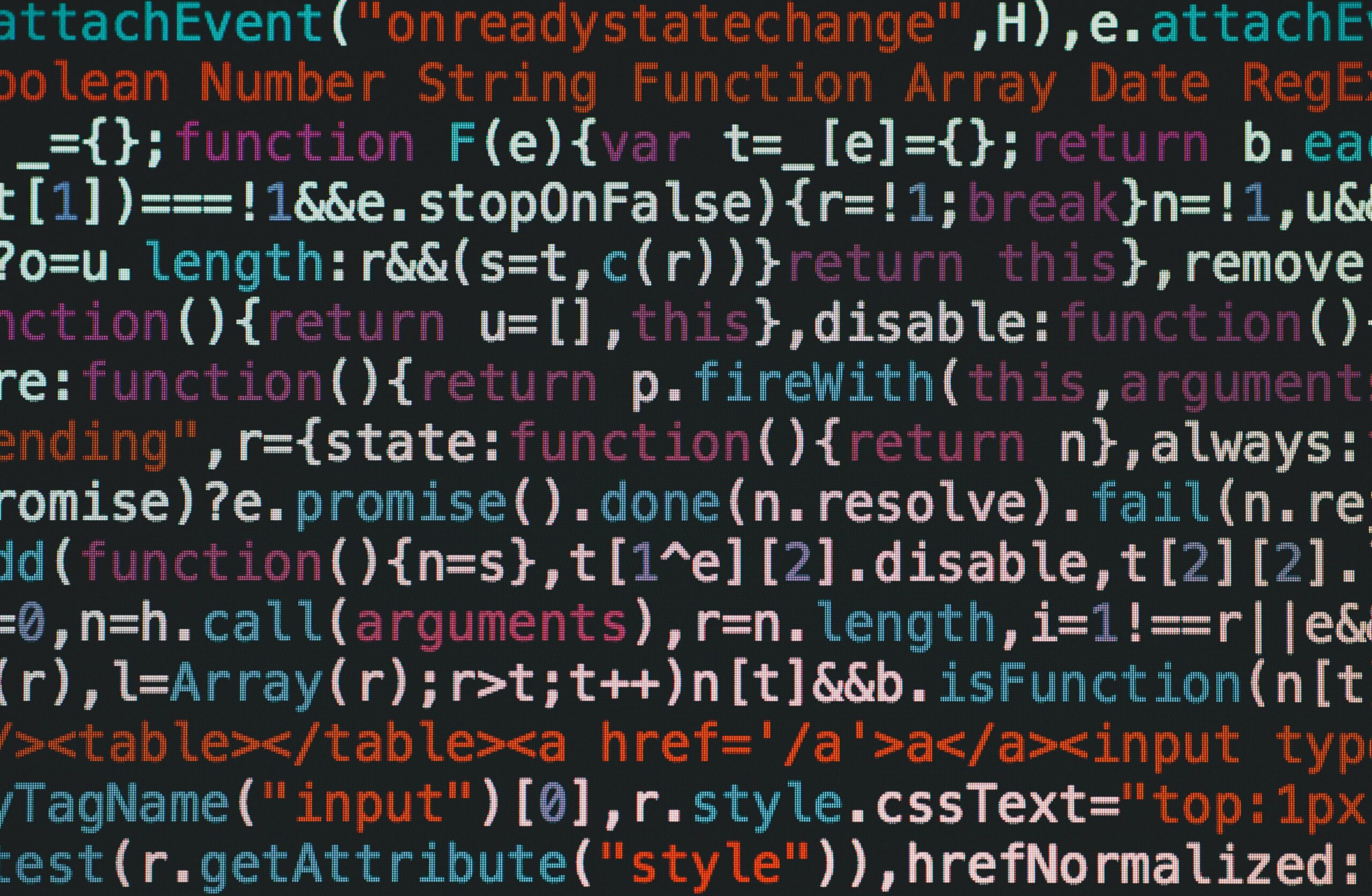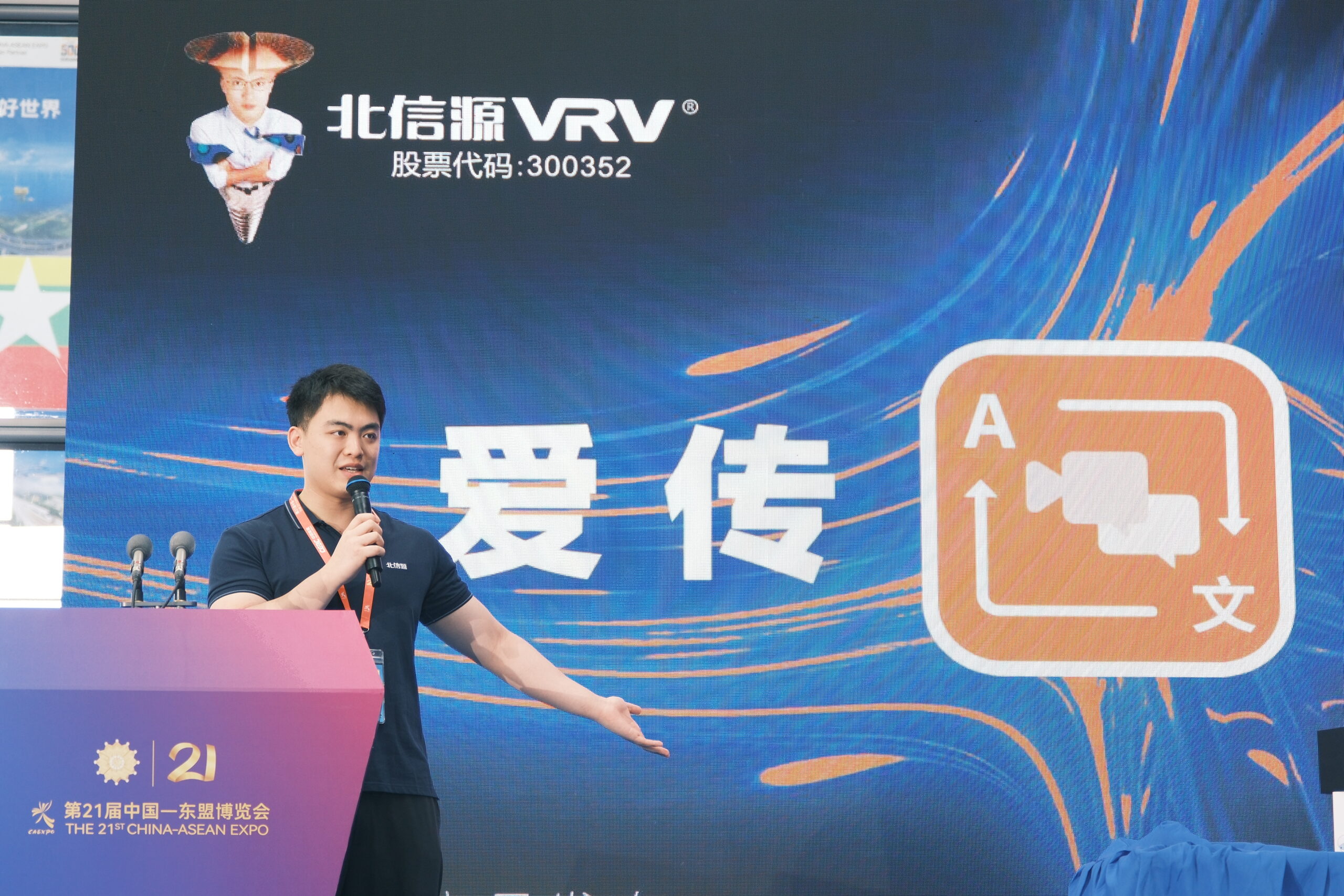In recent years, artificial intelligence has revolutionized how we cross language barriers. AI-powered translation tools have rapidly improved in speed and accuracy, reshaping the translation industry and the way we learn languages. However, while these advances bring enormous opportunities, they also introduce challenges for professional translators, educators, and learners alike. This article explores the evolution of AI translation, its multifaceted impact, and offers a deeper look at issues that extend beyond conventional discussions.

The Evolution of AI Translation
AI translation has evolved from simple, rule-based systems to sophisticated neural machine translation (NMT) models. Today’s systems process enormous datasets to understand context, idiomatic expressions, and even regional dialects. This leap in technology has made it possible to translate text in seconds—a feature that has transformed global communication, business operations, and even everyday travel.
Key developments include:
- Neural Machine Translation (NMT): Utilizes deep learning to generate translations that are more context-aware and fluent.
- Real-Time Translation: Advances have enabled near-instantaneous translations, benefiting industries like customer service and international commerce.
- Scalability: AI tools can handle vast amounts of data, making them invaluable for large organizations and global platforms.
Impact on Professional Translators
The rise of AI has sparked intense debate about the future of professional translation. While AI tools have automated many routine tasks, they have also redefined the role of human translators. Here’s how:
- Shift to Post-Editing: Rather than replacing human translators outright, AI systems often serve as the first draft. Human experts then refine these drafts, ensuring that nuances, cultural context, and stylistic elements are preserved.
- New Career Pathways: Many translators are evolving into language technology specialists. Their unique blend of linguistic expertise and technological know-how is crucial for training, supervising, and improving AI systems.
- Quality Assurance: Despite advances, AI translations sometimes miss subtle cultural cues, idiomatic expressions, or context-specific meanings. Skilled translators remain indispensable for delivering high-quality, contextually accurate translations.
Transformation of Foreign Language Skills
AI’s impact isn’t limited to professional translation—it also affects how we learn and use languages:
- Enhanced Accessibility: AI tools democratize access to multiple languages, making foreign texts and communications more accessible to non-native speakers.
- Risk of Overreliance: There is growing concern that dependence on AI translation may lead to a decline in the motivation to learn languages deeply. Relying solely on automated tools could mean missing out on the cultural richness and cognitive benefits of mastering a new language.
- Educational Integration: Forward-thinking educators are blending traditional language teaching with AI tools. This integrated approach uses technology as a supplement, encouraging learners to develop foundational language skills while benefiting from real-time assistance.

Cultural and Ethical Considerations
AI translation tools, while powerful, raise important cultural and ethical questions:
- Loss of Nuance: Machine translations can sometimes flatten the rich textures of language, failing to capture humor, irony, or cultural subtleties that a human translator would naturally convey.
- Bias and Representation: AI models learn from vast datasets, which may include biased or incomplete representations of certain cultures and dialects. This can inadvertently perpetuate stereotypes or marginalize less common language variants.
- Cultural Homogenization: The convenience of AI translation might lead to a preference for dominant languages, potentially eroding the diversity of less widely spoken tongues.
Addressing these concerns requires ongoing collaboration between technologists, linguists, and cultural experts to refine algorithms and implement ethical guidelines.
Future Prospects and Adaptation Strategies
Looking ahead, the intersection of AI and translation is likely to foster more collaborative and innovative practices. Here are some strategies for adapting to the evolving landscape:
- Human-AI Collaboration: Embrace a hybrid model where AI handles routine translations and human experts refine and contextualize the output.
- Continuous Professional Development: Translators should expand their skills in technology and data analytics, positioning themselves as crucial players in the quality assurance process.
- Educational Reforms: Language curricula can be updated to include training on AI tools, ensuring that learners benefit from technology without sacrificing the development of deep linguistic skills.
- Ethical Frameworks: Establish industry standards and guidelines that address issues of bias, cultural sensitivity, and data representation in AI translation.
Addressing the Gaps: Additional Perspectives
While much has been discussed about AI’s immediate impacts, several areas deserve further attention:
- Revitalizing Endangered Languages: AI can help document and preserve endangered languages, offering tools for translation and teaching that might otherwise be unavailable.
- Impact on Language Educators: As AI tools become integral to language learning, educators can use them to enhance classroom instruction, offering a more dynamic and interactive learning environment.
- Economic and Social Implications: AI translation has opened new markets and job opportunities, particularly in sectors that require rapid, multi-language support. However, it also necessitates discussions around fair labor practices and training for displaced workers.
- Global Collaboration: By breaking down language barriers, AI fosters greater international collaboration in business, academia, and cultural exchange, paving the way for more interconnected global communities.

Frequently Asked Questions
Q: What is AI translation?
A: AI translation uses artificial intelligence—particularly neural machine translation—to convert text from one language to another quickly and efficiently.
Q: How accurate are AI translations?
A: AI translations have become impressively accurate, yet they may still miss cultural nuances, idiomatic expressions, and context-specific subtleties. Human review is often needed for high-stakes or nuanced texts.
Q: Will AI replace human translators?
A: It’s unlikely that AI will completely replace human translators. Instead, AI is changing the role by automating routine tasks and shifting the focus to post-editing and quality assurance, where human insight remains crucial.
Q: How does AI translation affect foreign language learning?
A: AI tools make languages more accessible and can aid learning by providing quick translations. However, excessive reliance on them might discourage deep language learning and cultural engagement.
Q: What ethical concerns surround AI translation?
A: Key concerns include the potential for biased translations, loss of cultural nuance, and the risk of reinforcing dominant language norms at the expense of linguistic diversity.
Q: Can AI help preserve endangered languages?
A: Yes, AI can document and translate endangered languages, supporting their preservation and revitalization by making them more accessible and easier to learn.
Q: How can professional translators adapt to the AI era?
A: Translators can focus on developing skills in post-editing, cultural interpretation, and language technology integration, ensuring that they remain indispensable in refining and contextualizing AI-generated translations.
Q: What steps are being taken to integrate AI into language education?
A: Educators are incorporating AI tools into curricula to complement traditional teaching methods, creating balanced learning environments that leverage technology while building strong linguistic foundations.
Conclusion
AI-powered translation is reshaping the linguistic landscape, offering speed and efficiency while also posing challenges that require human insight and ethical oversight. By blending technological advancements with traditional expertise, the translation industry can evolve to meet the demands of a globalized world. Whether it’s enhancing professional workflows or transforming language learning, the key lies in striking a balance—one that honors cultural nuance and ensures that language continues to connect us all.
Sources CEPR


